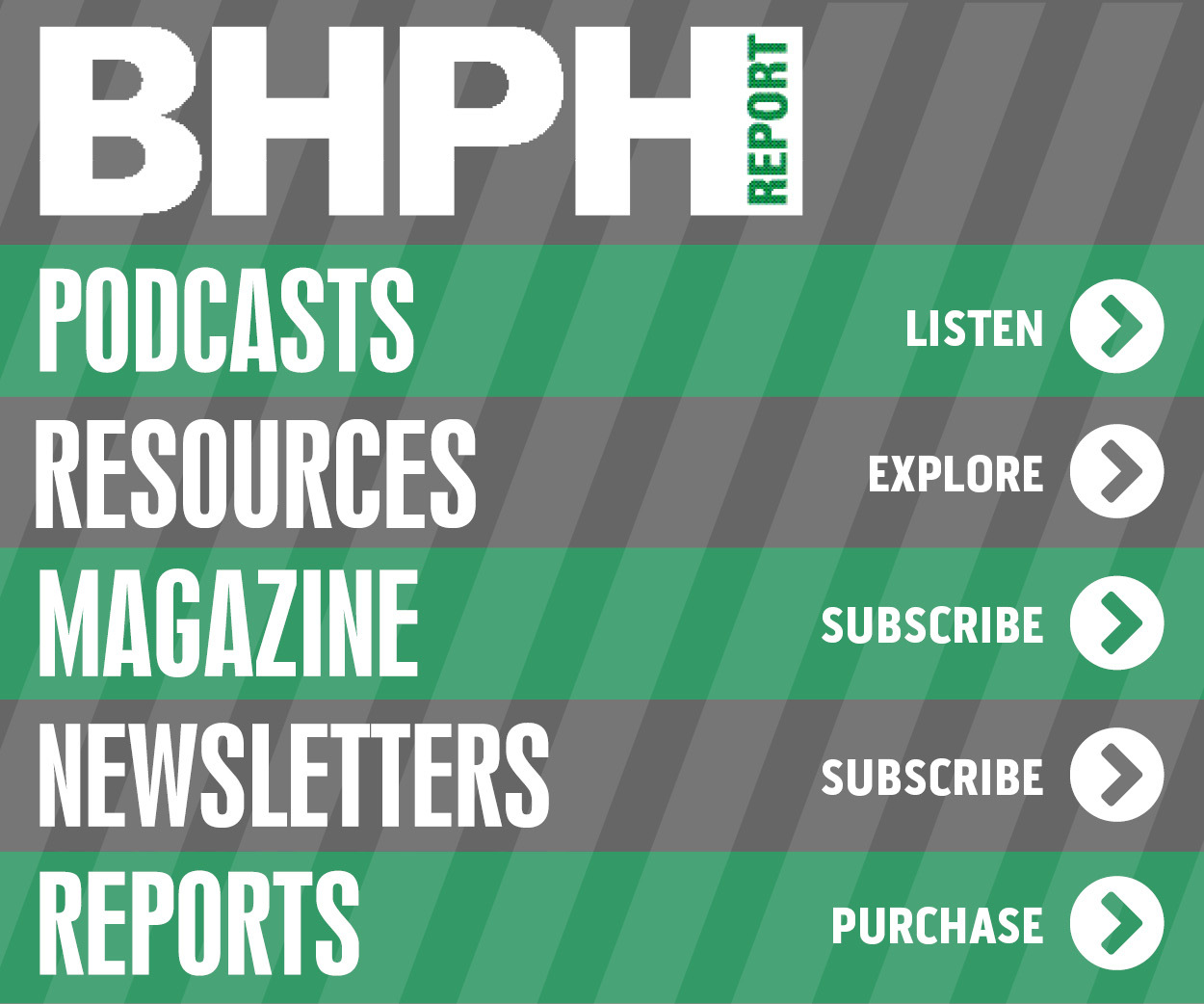Daughtry: Fall Is Great For Reflecting On Your Business

By subscribing, you agree to receive communications from Auto Remarketing and our partners in accordance with our Privacy Policy. We may share your information with select partners and sponsors who may contact you about their products and services. You may unsubscribe at any time.
CHICAGO –
Over the years, I have always tracked our sales on a daily basis. I keep monthly static sales records and post three years’ worth of numbers on our sales board, broken down by date of sale. You would be amazed how closely each week of business (same store/circumstances) will be year-over-year.
There are always exceptions, but in my different operations (and others I know) it has proven to be true. Knowing this information, I could track how our sales team is performing in comparison, allowing us to plan ahead and maximize sales traffic patterns.
Making comparisons to previous years allows you to spend time looking at what is right or wrong within your operation and look closer at what is happening short term. Now is a good time to discuss and institute changes because you have most of this year’s numbers already and some time to analyze before the end of the year.
Just like the Christmas holiday seems a surprise to our customers, a new year can sneak up on you. If you don’t plan on making an effort to review the past year, you will not consider making any changes. Even if you do not find anything major you want to adjust, you can still take a deep look and tweak things like service operations, inventory or your banking relationships.
One thing I realize from my years of working with people is that internal straightforward feedback is important in learning more about how things are going beyond the numbers. Consider putting together a feedback request form and give it to each of your team members — not just the producers, but everyone front to back, full- or part-time.
Subscribe to Auto Remarketing to stay informed and stay ahead.
By subscribing, you agree to receive communications from Auto Remarketing and our partners in accordance with our Privacy Policy. We may share your information with select partners and sponsors who may contact you about their products and services. You may unsubscribe at any time.
Let each of them know that this is not going to be a “donkey barbeque” (that’s Southern for a posterior realignment), but a conversation about what they see as right and wrong in your operation.
Your feedback form should ask questions of the associates such as:
1 How has their supervisor’s performance been?
2 What would you do differently if you were the general manager?
3 What do you see as your biggest weakness?
4 What has been your biggest contribution to our company?
5 What could you commit to personally improve?
6 What would you do differently in a different department, like service or collections?
These are just examples. There are many questions you could ask, but I suggest asking six or seven questions and let the conversation flow from that. Be sure that managers or department heads fill one out on their supervisors including the general manager.
Each department supervisor (this individual could just be you) should fill out a form on the immediate reports they have on their team. Again, this isn’t a firing session or time to chastise someone.
If you are that upset with an employee, they should already know how you feel and have dealt with the issue. This should be a conversation that takes up to an hour, in a neutral setting for each associate, where both can visit honestly about where they stand and what is on their mind. Both sides should get equal time and feel they can be open about the conversation and what they see (that can be difficult to hear as a manager).
When the meeting is over there should be answers and corrective measures documented by each side (privately), so everyone in the company has aired their feelings and a resolution has been reached for each issue discussed.
All this feedback should be discussed with the general manager/owner in a summary, and then each individual form should be filed. If this exercise is taken seriously, the filed forms from last year are pulled out and reviewed for the conversation the next year.
How did each party do in regard to the improvements they intended to make? If year after year the same issues are being discussed, then obviously making changes isn’t high priority for someone, and that needs to be addressed.
By writing all this down and reviewing it year after year, perception is removed from the equation, and each person involved has an honest opportunity to improve, from the top down.
Next, I would evaluate the inventory. In our operation we will always sell whatever is bought, at least we always have.
The question is what consistently moved faster? Was it full size trucks or small SUVs? Everyone’s market is a little different, and having good data to evaluate helps in giving you a clearer picture of what is best for you to stock.
Here again perception can skew your thinking, and that is where reviewing data helps you understand what transpired up to now and how you should change your thinking (if at all). Consider these questions:
What vehicles cost more in recon, or what rigs came back to the shop more often?
What rigs were traded in, and what type vehicles did your customers hold on to?
I always dig into each of these questions so I know what I want in inventory. Just because a vehicle sells quickly over and over does not mean it is performing well in your portfolio.
Another aspect is how well your inventory is matched to your customers. Yes, everyone wants the lowest mileage, coolest rigs on the lot. It is easy to sell a hot-looking crew cab pickup or sports car to most customers. You need to evaluate whether 80 percent of your inventory is turning consistently, or is it 20 percent?
I have looked at inventory that is aging and said, “I would buy that vehicle at the auction right now for the same money,” even though it might be 180 days old. That logic kept me from taking rigs to the sale when I should be looking at each specific vehicle and moving them out if they are sitting.
In our operation, using the feedback meetings and other suggestions, we instituted a monthly policy of evaluating each vehicle aged beyond 90 days, engaging managers, sales people and even the lot guys to determine if a rig is being looked at by customers (why hasn’t it sold) or walked around. If something isn’t getting looks, move it off the lot, and get something that should move better.
Even with the monthly look, we still evaluate all the sold inventory and aging performance each fall so that as we buy up for the “tax season” we could expect our choices would perform better.
As you go through evaluations, be honest with each associate and yourself. A great manager or owner will embrace a feedback program and look at it as an opportunity to strengthen his/her team for the future. Hanging on to “how we have always done it” is not the way to grow and strengthen your bottom line, so spend some time and be diligent in your evaluations.
Making changes is not easy, but there is no better way to show leadership and receive “buy in” from your people than listening to them and being a great example.
Next year is coming and decisions you make now, while it is slower, can have a huge impact on what 2015 looked like when you are evaluating for 2016.
Gene Daughtry is an experienced trainer and consultant specializing in BHPH/LHPH dealership operations. Daughtry now is director of BHPH operations for PLS Financial and has begun a multistate project of building new BHPH dealerships in several states. He has 17 years of BHPH experience. Follow Gene Daughtry on LinkedIn, go to his website www.dealers411.net, email him at [email protected] or call (479) 970-4049 if you have questions.


